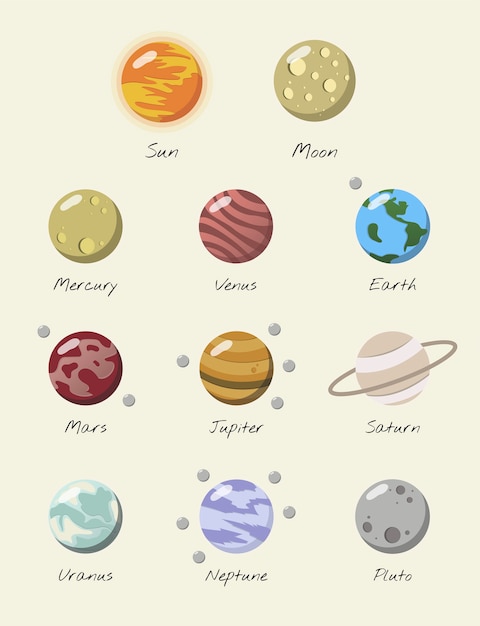

Jupiter is the largest planet in our solar system.
Jupiter’s iconic Great Red Spot is a massive storm that has been raging for over 300 years.
The planet’s impressive size could fit over 1,300 Earths inside it.
Jupiter experiences intense lightning storms that are 1,000 times stronger than those on Earth.
Jupiter’s atmosphere is made up mostly of hydrogen and helium gases.
The planet’s fast rotation leads to a day on Jupiter lasting only about 10 hours.
Jupiter has a total of 79 known moons, the four largest being Io, Europa, Ganymede, and Callisto.
The moon Ganymede is the largest moon in the entire solar system.
Io, one of Jupiter’s moons, is the most volcanically active object in our solar system.
The Galileo spacecraft, which visited Jupiter, discovered a tiny moon named Amalthea.
Jupiter’s powerful gravity helps to protect the inner solar system from most comets and asteroids.
The planet’s magnetic field is 14 times stronger than Earth’s.
Jupiter’s rings are faint and made up of tiny particles.
Scientists believe that Jupiter may have a solid core made of heavy elements.
Jupiter’s gravity is so strong that it can cause tidal forces on its moons.
The largest impact crater ever seen in our solar system was created by a comet crashing into Jupiter.
Jupiter’s Northern and Southern Lights are even more intense than Earth’s Aurora Borealis and Aurora Australis.
The planet’s iconic stripes and swirls are actually different cloud formations in its atmosphere.
Jupiter’s strong magnetic field creates a radiation belt around the planet.
The planet’s exceptionally low temperatures make it a challenging environment for spacecraft.
Jupiter has the shortest days in our solar system, but the longest year, lasting approximately 12 Earth years.
The planet was named after the Roman king of gods.
Jupiter has more mass than all the other planets combined.
Jupiter’s gravity is responsible for causing a slight wobble in the Sun’s position.
The distance between Jupiter and Earth varies depending on their positions in their respective orbits.
Jupiter has been observed to have a faint outer ring composed of very small dust particles.
The planet’s strong magnetic field creates a magnetosphere around it.
The Great Red Spot on Jupiter is twice the size of Earth.
Jupiter’s moons exert a tug of war on its magnetic field, causing changes in its shape.
The planet’s rapid rotation gives it an oblate shape, making it slightly flattened at the poles.
Jupiter’s atmosphere contains trace amounts of ammonia, water vapor, and methane.
The gas giant’s upper atmosphere is home to fast-moving jet streams.
Jupiter’s immense gravity contributes to its unique cloud patterns.
The planet’s high temperatures and pressures make it unlikely to support life as we know it.
Jupiter has been visited by nine different spacecraft, including Voyager 1 and
The planet’s faint ring system was discovered by the Voyager spacecraft.
Jupiter’s magnetic field is over 20,000 times stronger than Earth’s.
Jupiter’s gravity plays a crucial role in shaping the structure of the entire solar system.
The planet’s strong magnetic field traps charged particles, creating intense radiation belts.
Jupiter’s mass is so large that it causes a slight wobble in the orbits of other planets.
Jupiter’s intense radiation makes it a challenging environment for spacecraft to navigate.
The gas giant’s atmosphere contains traces of noble gases like helium and neon.
Jupiter’s magnetic field extends far into space, protecting the planet’s moons from solar radiation.
The planet’s immense size and gravity make it a failed star that never ignited nuclear fusion.
Jupiter’s unique features and mysteries continue to intrigue scientists and space enthusiasts alike.
Around the world, coffee enthusiasts enjoy Monin coffee concentrate since it is a multipurpose product. Conveniently combining…
The Importance of Choosing the Right Shower for Your Bathroom Renovating your bathroom can be…
Usain Bolt holds the record for the fastest 100-meter sprint in history.Bolt was named Sportsman…
Love is in the air... and it smells suspiciously like chocolate!Roses are red, violets are…
Life's a beach, take a picture and relax.Sun, sand, and salty kisses. That's what beach…
Hungary is home to the largest thermal water cave system in the world.The Rubik's Cube…